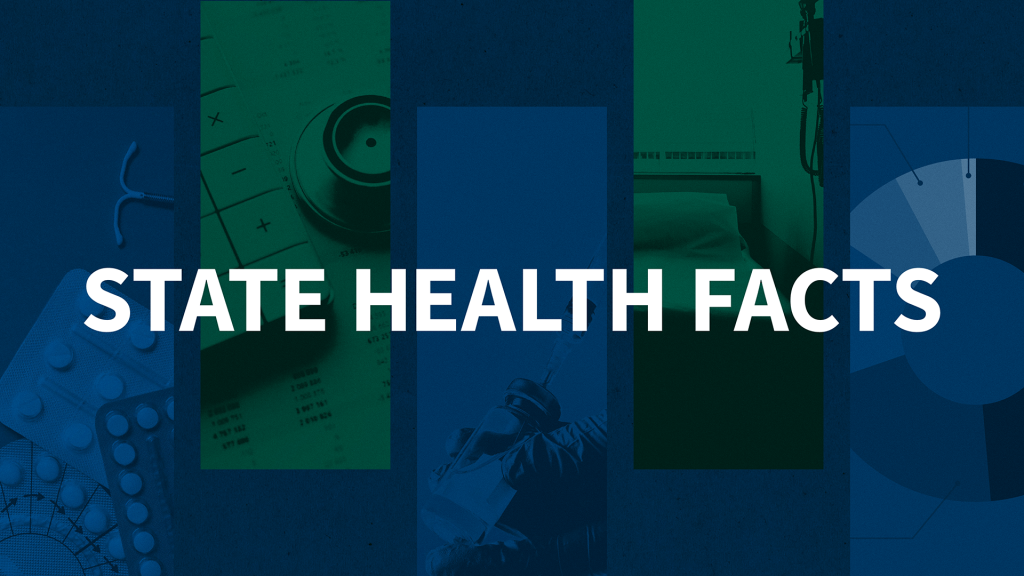Hispanic People are Facing Widening Gaps in Health Coverage
New analysis shows that, in 2019, the number of uninsured continued to increase for the third year in a row. Much of the coverage loss between 2018 and 2019 was among Hispanic people, and these data point to significant increased barriers to health care for Hispanic people.
